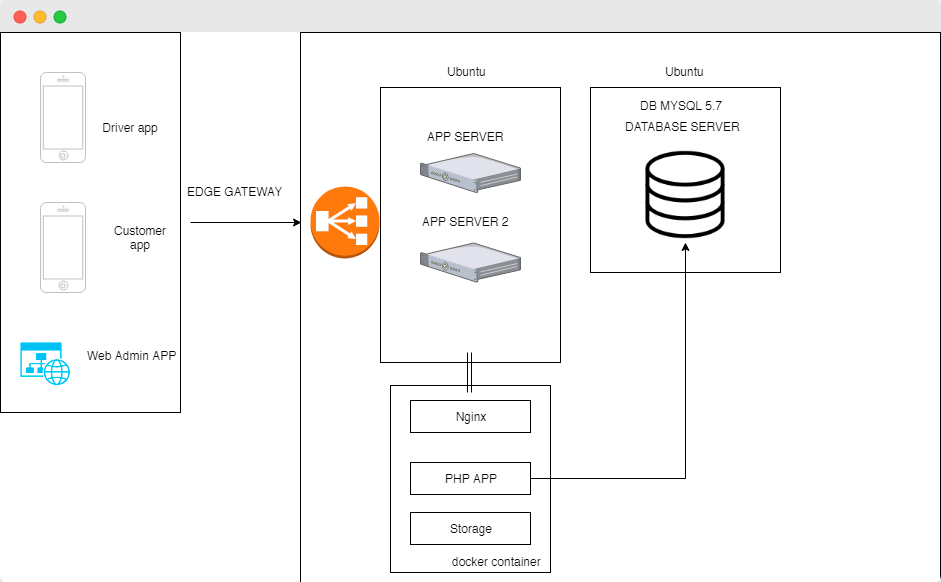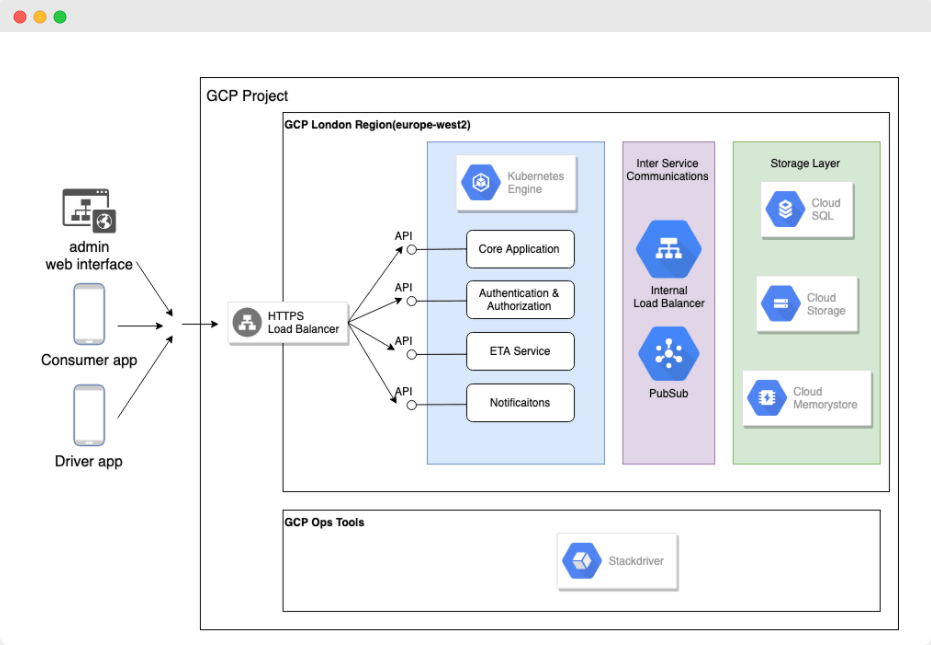Monolithic vs microservices: choosing the architecture for your business app
- What is Monolithic architecture
- Advantages of monolithic structure
- Monolithic architecture weaknesses
- What is Microservice architecture
- Advantages of microservices over monolithic
- Weaknesses of the Microservice Architecture
- Monolithic and microservice: what to select
- Examples where you need monolith software
- Examples where you need microservice
- Choosing between monolith vs microservices: The APP Solutions’ opinion
- Monolithic architecture vs microservices: the bottom line
Monolithic architecture and microservices are two ways developers organize an app’s components. The choice of architecture is the developers’ business. So, why should you care? The architecture type impacts not only the development costs but also the ability to add new functions.
If you don’t want to end up rewriting the entire app, learn more about the difference between monolithic and microservices. Thus, take a little time to learn which architecture type handles what.
What is Monolithic architecture
Imagine a huge cruise liner. It consists of many elements, including diesel engines, motors, and other appliances. It is tough to make changes in such a structure since all of the liner’s elements depend on each other.
Monolithic architecture works in the same way. In monolithic apps, you can’t add new components without deploying the entire code. Since all of an app’s elements depend on each other, developers are cautious about making changes. One error in an app’s component can cause the app to crash.

[Monolithic architecture example]
Advantages of monolithic structure
Why do people build a monolithic system?
- Easy to build. Monolithic applications are a huge code base that performs as a single unit. Developers do not need to think about inter-process communication of the app’s components. Thus, they require less time for building such apps, compared with microservices.
- Fast to deploy. Developers need less time to deploy an app, which consists of one file.
- Reusable components. When developers face a problem, they reuse code from other applications to solve it. Besides this, code reuse decreases time-to-market for the app’s functionality.
Monolithic architecture weaknesses
Let’s see why monolithic architecture is not a silver bullet.
- Hard to scale. When an app’s component requires more resources, it is difficult to isolate such a component for independent scaling.
- Difficult to add features. When developers add new functionality, they need to change the dependencies of existing components. Then, redeploy the entire application, which requires both time and effort.
- Hard to understand. Module dependencies make the app’s architecture more complex. Thus, new developers will hardly understand all the dependencies in such a codebase.
- Impossible to adopt new technologies. You can’t add a new module to your app if it uses a different programming language than your app. In this case, you need to rewrite the entire application.
What is Microservice architecture
Imagine a ship made of lego blocks. Unlike a cruise liner, such a ship consists of small independent parts. So, you can change existing blocks and add new ones anytime without the need to make changes to the entire system.
The difference between microservices and monolithic applications is that microservice applications leverage independent modules responsible for different business logic. Modules are updated, deployed, and scaled independently. Developers add new modules using application programming interfaces (API).
Such businesses as Netflix, Spotify, Paypal, and Twitter switched from a monolithic architecture to microservices for more scalability.

[Microservice architecture used in HYPR project]
Advantages of microservices over monolithic
Now, let’s see why microservices are good.
- Easy to understand. The development team needs less time to install new functionality.
- Minimum management. Each module requires a small centralized control.
- Better scalability. Developers can isolate services that require more workload and scale them independently from the rest of the app.
Weaknesses of the Microservice Architecture
Why is microservice architecture not a one-size-fits-all solution?
- Long preparations. Developers need extra time to choose and set up the connections between all modules and databases.
- Resource consuming. An app’s components consume different amounts of server memory, impacting the system’s performance.
- Higher associated costs. Each microservice requires its runtime environment. As a result, such apps have a higher resource demand, which means higher related costs.
Now, let’s see, which structure to use for your business.
Monolithic and microservice: what to select
So, monolithic application vs microservices? Here are some sights that your business application needs for one or other architecture type.
Examples where you need monolith software
Choose a monolithic application in the following cases:
- You need simple business logic. You develop a small business project without complex business logic and scalability, including the app’s MVP.
- You are on tight deadlines. Monolithic architecture makes it possible to launch the first version of your project within 2-3 months.
- You have a limited budget. Monolithic application development costs less and requires fewer resources and developers.
Examples where you need microservice
Microservice-based architecture is an ideal choice when:
- You need many data sources. You develop a project with an extensive data pipeline for data collection, aggregation, etc.
- You apply machine learning algorithms. You need an application for collecting, aggregating and analyzing data flow.
- You update monolithic architecture. You refactor monolithic modules and run them as microservices.
- You need many components for business logic. You develop a project with numerous features and are going to leverage the best possible solution for each feature.
We applied a microservice approach for HYPR, an on-demand cab-hailing app we developed recently. This project needed price calculation, an online payment gateway, live chat, geolocation, and maps. In this case, microservices helped us to add features gradually and decrease the system’s downtime.
Choosing between monolith vs microservices: The APP Solutions’ opinion
We suggest the architecture type and its main components individually. We base our choice on many factors. They are:
- Business goals
- Project’s type
- Project’s road map
- Client’s budget
Therefore, we can’t say that microservices will work best for one or another project. For example, we can’t suggest the best architecture for a music application. We need to know whether it will include only playback or advanced features like music streaming.
Monolithic architecture vs microservices: the bottom line
Monolithic and microservices represent two different ways to organize components. Each approach has its strong and weak points.
Monolithic apps are faster and easier to develop. But, they are harder to scale. And their architecture can turn into a confusing spaghetti bowl of dependencies.
Microservices are valid for apps with many business logic and machine learning functionalities. But, such projects need more time to develop and more effort to manage workloads.
To suggest the architecture for your app, developers need to analyze your business goals and plans regarding the app’s scaling.
In case you want to know which architecture will suit your business app, write to us at sales@theappsolutions.com to receive a free consultation.
Download Free E-book with DevOps Checklist
Download NowRelated reading: